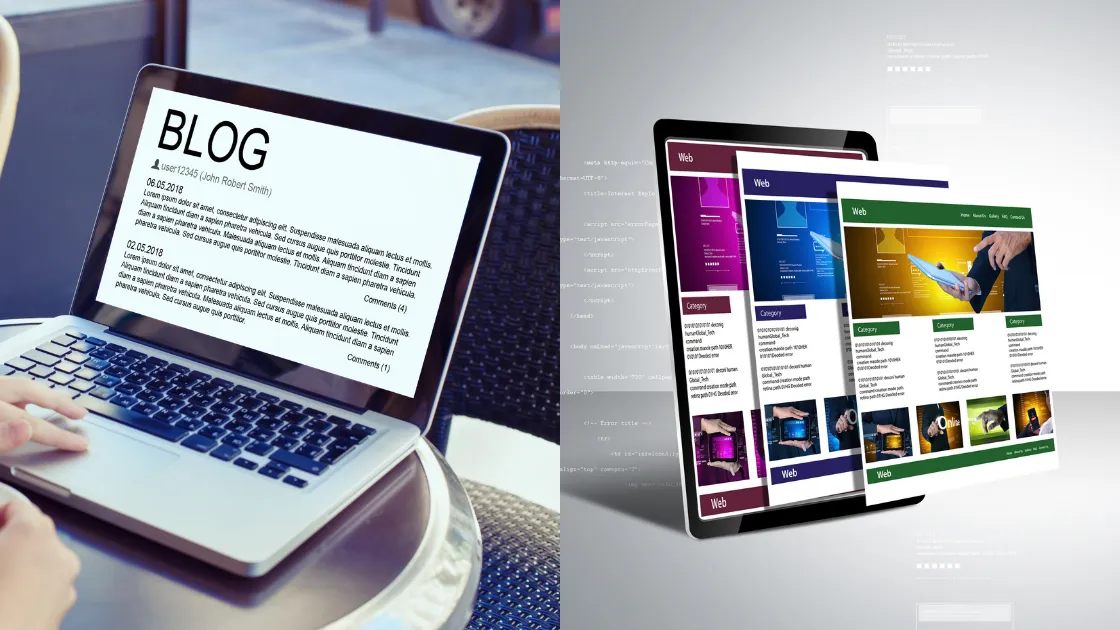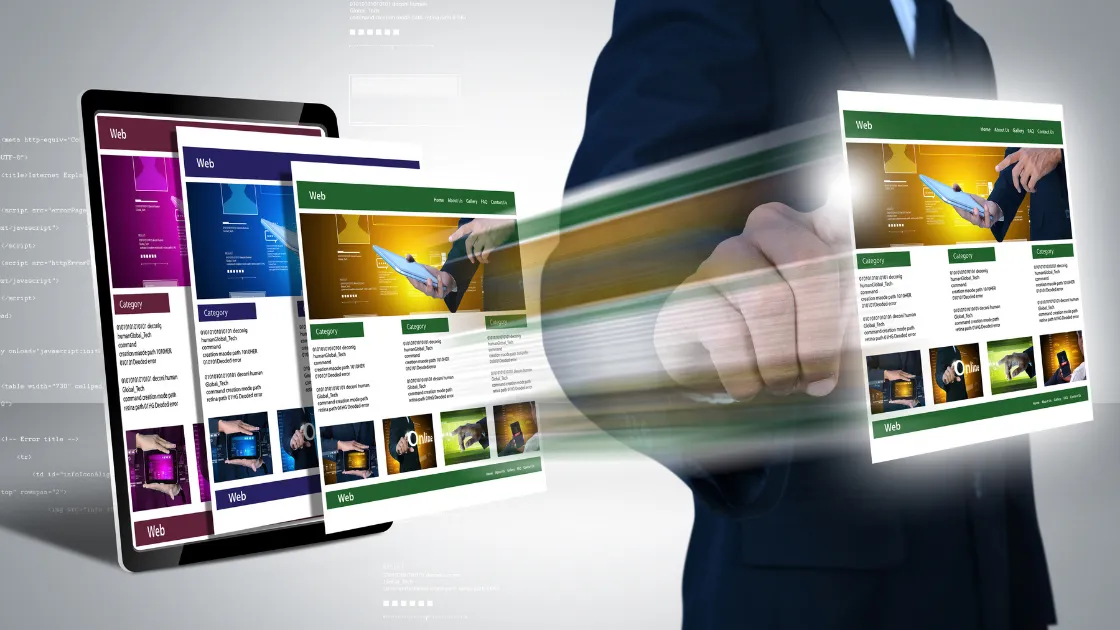
When building a website or creating a digital strategy, it’s important to understand the difference between a blog and a landing page. While both play key roles in engaging users and driving conversions, they serve very different purposes. Let’s break down what each one is, their unique features, and when to use them.
What Is a Blog?
A blog is an informational page or section of a website that is regularly updated with articles, guides, news, or insights. It’s usually part of a long-term content strategy.
Key Characteristics of a Blog:
- Written in an informative or conversational tone
- Designed to educate, entertain, or provide value
- Often includes tips, how-tos, industry news, or opinions
- Encourages user engagement through comments or shares
- Optimized for SEO to drive organic traffic over time
Purpose of a Blog:
- Build authority in your niche
- Improve SEO and increase visibility
- Engage your audience with helpful content
- Nurture trust over time
Example:
A digital marketing agency might publish a blog titled “10 Ways to Improve Your Website SEO in 2025.”
What Is a Landing Page?
A landing page is a standalone web page designed with one specific goal in mind: to convert visitors into leads or customers. It is often used in paid advertising, email campaigns, or product promotions.
Key Characteristics of a Landing Page:
- Focused on a single offer or action (like signing up or buying)
- Minimal distractions (usually no navigation menu)
- Strong call-to-action (CTA)
- Highly targeted to a specific audience or campaign
- Often includes testimonials, benefits, or features
Purpose of a Landing Page:
- Drive conversions (sales, leads, sign-ups)
- Support advertising or promotional campaigns
- Capture user information like email or phone number
Example:
A fitness brand runs Facebook ads that send users to a landing page offering a “Free 7-Day Workout Plan” in exchange for their email.
Blog vs Landing Page: Key Differences
| Feature | Blog | Landing Page |
|---|---|---|
| Main Goal | Educate, inform, engage | Convert or capture leads |
| Content Type | Informational or narrative | Promotional and persuasive |
| SEO Role | High (used to drive organic traffic) | Moderate (often used for paid ads) |
| Navigation | Includes menus and internal links | Minimal or no navigation |
| Length | Typically longer and in-depth | Usually shorter and focused |
| Update Frequency | Regularly updated | Static (specific to a campaign) |
When to Use Each
- Use a blog when you want to share knowledge, improve SEO, and nurture your audience over time.
- Use a landing page when you want immediate action, such as collecting leads or selling a product.
Conclusion
Understanding the difference between blogs and landing pages is essential for building an effective digital marketing strategy. While blogs are great for providing long-term value and building trust, landing pages are built for quick, targeted results. Both are powerful tools when used correctly—just make sure you align each one with your specific marketing goals.


